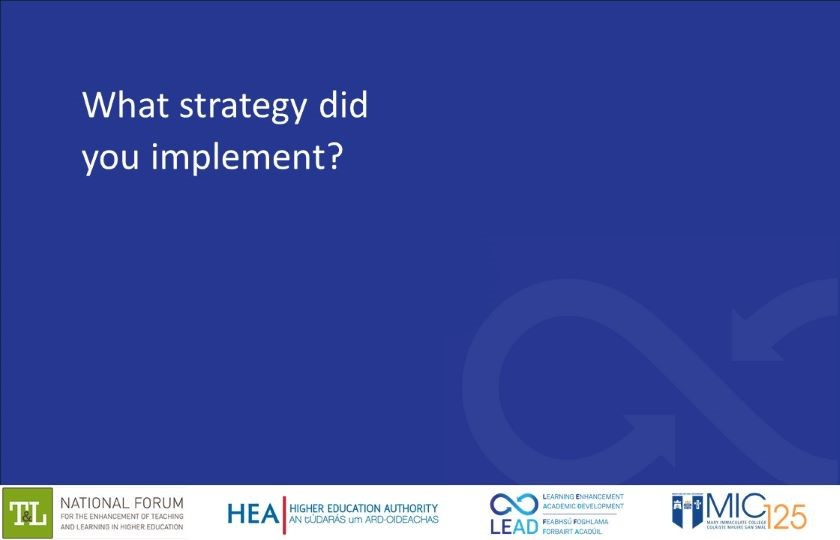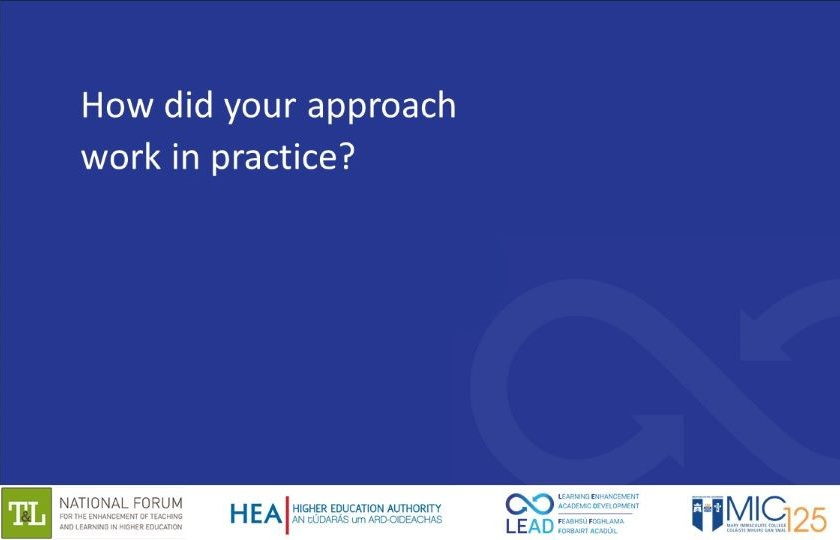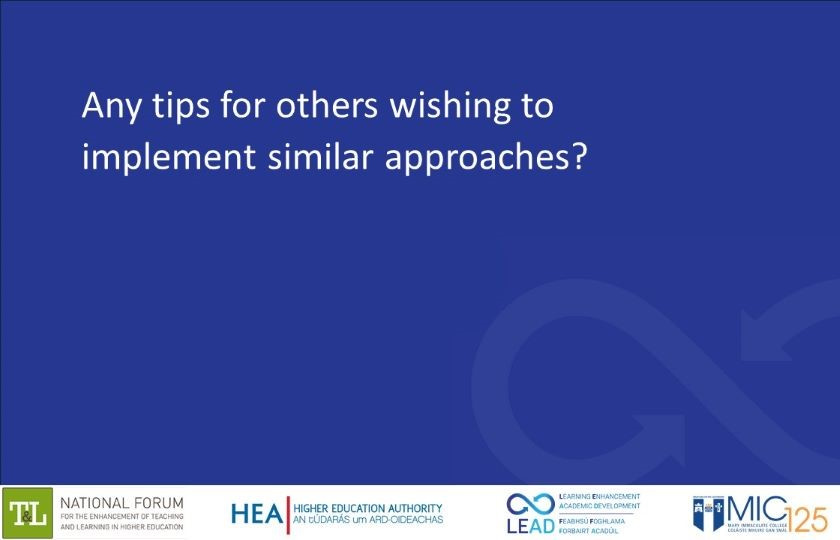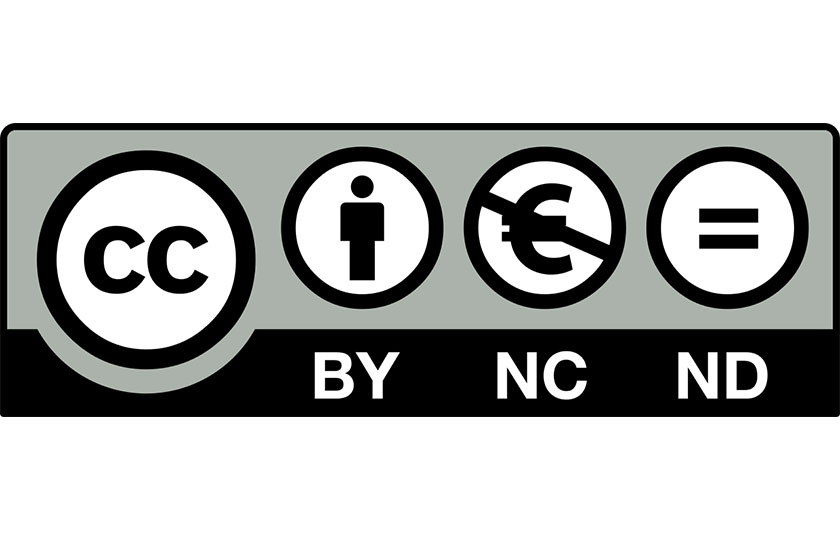Tracking Pre-service Teachers’ Development as Choral Music Leaders
Virtual and real-time authentic assessment
| Lecturer - Dr Maria Varvarigou |
|---|
| Discipline - Music Education |
| Subject - 6 ECTS credit module Choral Music Leadership |
| Level - 3rd year Bachelor of Education (B. Ed.) students |
| Class Size - 32 students |
| Mode of Delivery - In-person |
This case study describes my use of video recordings as a way to help students track their development as choral conductors. This assessment is authentic (McArthur, 2023) in the way that it closely resembles the activities of weekly instruction the students, as pre-service teachers, will undertake in their future careers as choral leaders in schools.
Rationale
Choral Music Leadership focuses on developing students’ practical skills in choral singing and conducting, alongside their theoretical understanding of choral leadership. The pre-service teachers enrolled on the Choral Music Leadership module often share a common interest in music making, but their levels of musical expertise and their musical experiences might vary significantly. In the past, I was able to assess the students’ abilities through in-person engagement and assessment. However, during the COVID pandemic, when this practice-based module had to be taught and assessed online, I was forced to find an alternative way to assess both the students’ pre-existing skills, as well as their development.
To do this, I set up individual one-minute video submissions at four points over the course of the module, and offered individualised feedback to each video. The students responded very positively to this continuous video assessment, as the videos enabled the students to revisit the feedback they received and to use it in the preparation of their next submission. They were also able to witness their own progression over the course of the year by watching back their previous assessments. It became evident that this format enabled students to reflect on the development of their practical skills more deeply. When I returned to in-person teaching, I decided to keep the video assignment as it provided the students with a useful resource to reflect on and improve their practice. The video submissions are currently complemented by a short reflective essay on the student’s perceived development over the course of the module. This reflective essay encourages the students to revisit their past videos to engage more deeply with their progression.
Description of the Teaching and Learning Approach

Key features of this module’s assessment included:
- Continuous assessment through four individual video recordings submitted via Moodle at different points over the course of the module (15% each video, 60% of overall mark).
- One written, reflective piece at the end of the module (40%), using a proposed framework (Durrant, 2003) from effective choral conducting education research.
During the videos I was able to assess the students’ competence in the choral conducting activities that they practised in the class, as they sang repertoire that they liked. Therefore, my feedback addressed both their developing singing and their choral conducting skills. The students reflected on their module experiences at the end of each session, either individually, in pairs, or as one group. The reflections from each session and from one school workshop, that the students led in small groups, fed into the final reflection (40%, 1000 words). In this final reflection, the students were invited to identify two effective choral conductor skills that they developed during the module, and one area for further development.
The approach that I adopted to address the problem, namely the different skill levels of the students and needing to run the module online, was informed by existing research on the effective training of choral conductors (Durrant & Varvarigou, 2008; 2019; Varvarigou, & Durrant 2011), which identifies video recordings as an important tool for choral conductors to reflect on and develop their practice.
What Worked and Why?

Continuous assessments have been a great success in terms of engagement and learning.
The assessments enabled the:
- Students to record multiple attempts and submit their best attempt. This encouraged self-assessment.
- Students to be assessed on repertoire that they had selected. Therefore, experiencing autonomy as a part of each video assessment.
- Tutor to identify individual needs and provide relevant feedback and scaffolds for progression.
- Tutor to make decisions about class instruction that promoted inclusion (e.g., less competent singers were never asked to engage in vocal demonstrations in front of the whole group; different groups of students each week led the singing warmup selecting physical, vocal and breathing exercises that they liked).
Students reported that video assessments helped them improve their conducting for future teaching, pushed them to keep developing and working through the semester, and the feedback helped them improve their grades.
Any problems or issues that arose from this approach?
Providing student feedback is time-consuming and, in order for the feedback to be timely and acted upon in preparation for the next video, it needs to be returned to the students within a few days of their video submission. Staff who want to do this assignment but are time poor could resolve this issue by having the final video assessed by peers rather than the instructor. Peers could follow the feedback template (What worked well; Areas for improvement in future assessment) used by the tutor in the three previous video assessments.
Click here to download the Choral Music Leadership Module Feedback Template (including the grading rubric).
Combining the module’s approach of criterion-referenced assessment with the institutions’ norm-referenced assessment approach proved to be challenging as the overall QPV (Quality Point Value) for some student cohorts might appear higher than the expected standard. I would advise that staff using this approach be as reserved in awarding high marks for videos, as they would for written work.
Tips for Implementation

- A clear list of marking criteria for each video should be provided. Go through them with the students during the in-person sessions to make sure that the students understand them.
- All videos should be submitted through a VLE (Moodle) to facilitate the assessment and feedback processes. I would advise staff to make all submission points accessible to the students from Week 1 of the module, and to encourage the students to practise uploading their videos early on so as to seek support from the tutor, peers, or ICT staff on any technical difficulties that they might face.
- Offer feedback under two categories: what worked well, and areas for improvement in future assessment, so that the feedback is consistent.
Duke, R. (2005). Intelligent Music Teaching – Essays on the core principles of effective instruction. Learning and Behaviour Resources.
Durrant, C. (2003). Choral conducting: philosophy and practice. New York: Routledge
Durrant, C. & Varvarigou, M. (2008). ‘Real time and Virtual: Tracking the professional development and reflections of choral conductors’. Reflecting Education Journal, 4(1), 72-80.
Durrant, C. and Varvarigou, M. (2019). ‘Perspectives on choral conducting: theory and practice’, In G. Welch, D. Howard, J. Nix, (Eds), The Oxford Handbook of Singing (823-836). Oxford University Press.
McArthur, J. (2023). Rethinking authentic assessment: work, well-being and society. Higher Education, 85(1), 85-101
Varvarigou, M. and Durrant, C. (2011). ‘Theoretical Perspectives on the Education of choral conductors: a suggested framework’. British Journal of Music Education, 28(3), 325–338.
Except where otherwise noted, content on the LEAD section of this website is licensed under a Creative Commons Attribution 4.0 International licence.
- Virtual and real-time authentic assessment








